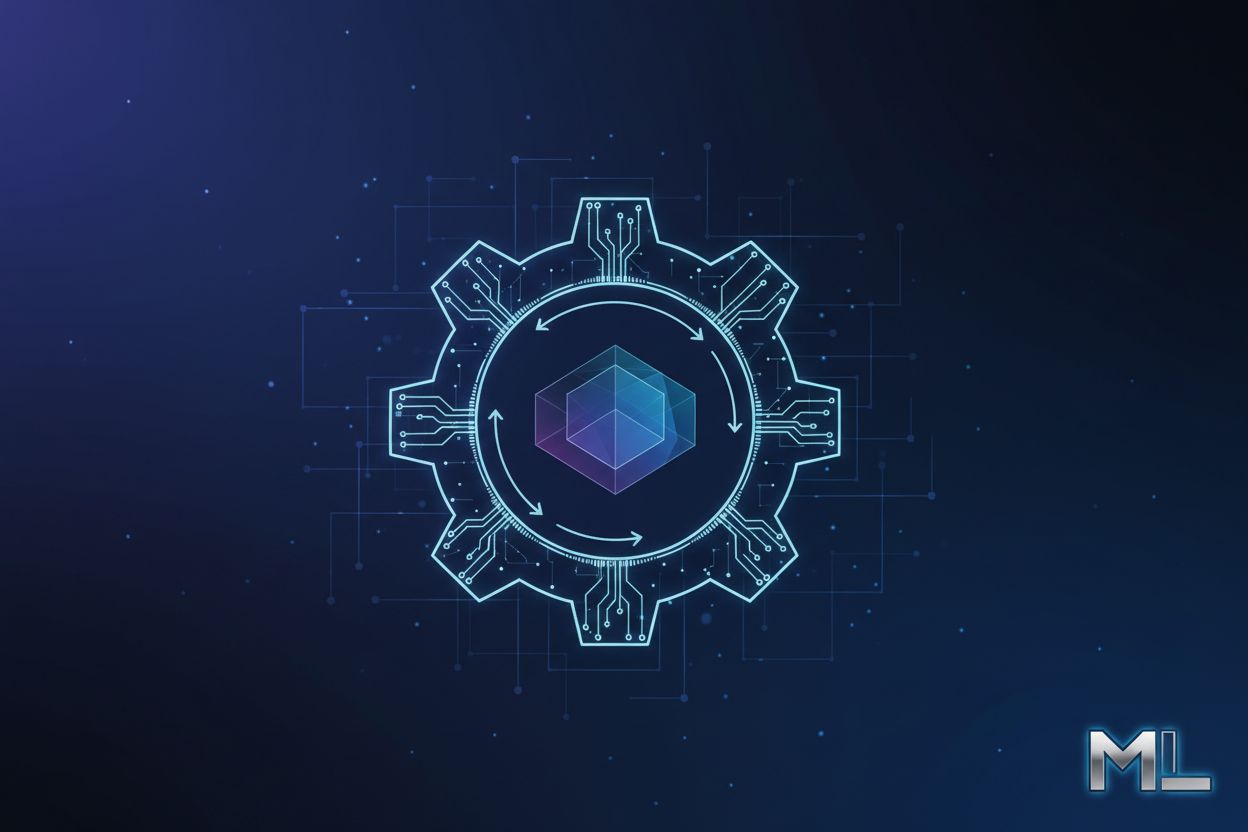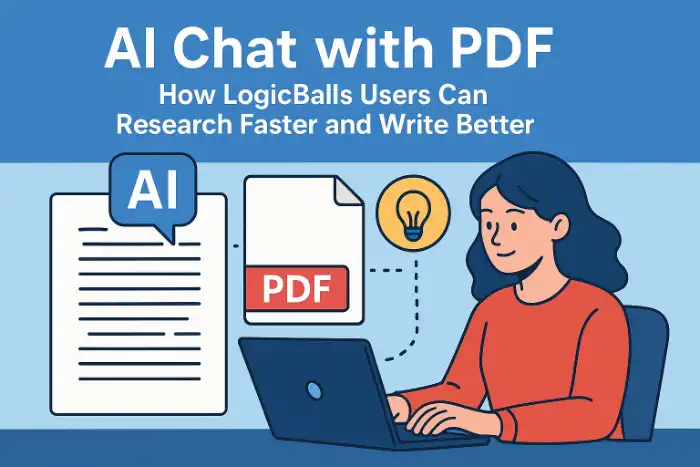What is Generative AI and Its Applications?
TL;DR
Understanding Generative AI
Generative ai is kinda like that friend who's really good at impressions, but instead of voices, it's creating images, text, and even code. Ever wonder how it all works? Well, let's dive in, shall we?
Generative AI, at its core, consists of AI models that take what they've learned from existing data and create something entirely new—something that looks and feels real. It’s not just regurgitating information; it’s generating original content with creativity and intelligence. Whether you're working on cutting-edge solutions or building innovative mobile applications, partnering with a reliable React Native app development company can help you seamlessly integrate generative AI into your apps for smarter, more personalized user experiences. Gartner says it can "generate new, realistic artifacts (at scale) that reflect the characteristics of the training data but don’t repeat it" and they should know.
- Definition: Think of it as ai that's been given a massive coloring book and now knows how to draw its own pictures. It learns patterns and probabilities from existing data to create novel outputs, whether that's text, images, or even music.
- How is it different? ai isn't just analyzing anymore; it's creating. It's moving beyond just finding patterns (like discriminative AI models, which classify or predict based on data) to actually generating content.
- Prediction Algorithms: These are the engine behind generative AI. They work by calculating the probability of the next element in a sequence – be it the next word in a sentence, the next pixel in an image, or the next line of code. It's all about predicting what's most likely to come next based on the patterns learned from the training data.
So, what makes these models tick? What's the secret sauce?
- AI Foundation Models: These are the big kahunas, trained on tons of unlabeled data. Think of them as the blank canvases, ready to be adapted for specific tasks. They're considered foundational because they serve as a base for many specialized generative AI applications.
- Techniques: Transformers, VAEs (Variational Autoencoders), and GANs (Generative Adversarial Networks) – these are the different brushes and paints ai uses to create its masterpieces. Transformers are great for understanding context in sequential data like text. VAEs are good at learning compressed representations of data and generating new samples. GANs use a competitive process between two neural networks to generate highly realistic outputs.
- Complex math and computing power; you simply can't do it without a lot of both.
It wasn't always this way, you know. Genai had to start somewhere, right?
- Early stages: Initially, generative ai was a niche thing, something only academics and big tech companies messed with.
- Key milestones: Advancements in models and computing power were the big turning points. The models got smarter, like the development of deep neural networks, and we had the horsepower to run them.
- ChatGPT moment: The launch of ChatGPT was a big deal and really pushed generative ai into the mainstream. It was like everyone suddenly realized what was possible.
Now, let's look at the core technologies and models that power genai.
Applications Across Industries
Okay, so you're probably wondering where exactly is this generative ai stuff making a splash, right? I mean, it's cool tech and all, but what's it doing? Well, let's take a look.
It’s kinda obvious, but genai is changing content creation. Like, seriously! Think about it:
- Drafting: Blog posts, articles, even marketing copy can get started with ai. It’s not gonna write the whole thing, mind you, but it can definitely kickstart the process.
- Visuals: Images, videos, and music – ai can whip up stuff for campaigns. Okay, maybe not win any awards, but still decent filler content.
- Personalization: Ever get annoyed at seeing ads that are totally irrelevant? Genai is supposed to make things more targeted by tailoring content, like ad copy or product recommendations, based on user data and preferences.
This is where things get interesting, and a little scary, if you ask me.
- Speeding Up Drug Discovery: ai can sift through mountains of data to find potential drug candidates faster than humans ever could.
- Medical Images: Think of ai creating images that show how a disease might progress, which can be super useful for training medical professionals or visualizing treatment outcomes. Wild, huh?
- Personalized Treatment: Tailoring treatments based on someone's genes and lifestyle? That's the future of medicine.
The design and architecture field is getting a huge boost.
- Optimized Design: Imagine ai spitting out multiple product designs, all tweaked for maximum efficiency by iteratively generating and evaluating options based on specific parameters.
- Architecture: Forget endless blueprints; ai can create building designs and layouts, probably faster than any human.
- Material Simulation: ai can simulate how new materials will act—pretty useful, right?
Coding is not just for programmers anymore.
- Code Generation: ai is writing code, translating programming languages, and even double-checking for mistakes by analyzing code patterns and syntax.
- Autocompletion: Autocompletion and bug detection? Yes, please! Less debugging, more coding.
- Updating Old Code: Got some legacy code gathering dust? ai can help modernize it.
So, that's a quick peek at where genai are shaking things up. There's more, of course; it's kinda everywhere these days. Now, let's talk about the benefits and risks of generative AI.
Benefits and Risks of Generative AI
Okay, so genai isn't all sunshine and rainbows, right? Like anything powerful, there's a flip side that people really need to consider.
Transparency, or lack thereof: It's like a black box, honestly. The models are so complex it may be hard to understand the internal decision-making processes of these neural networks, making it difficult to trace the exact reasoning behind a generated output. It’s unpredictably can lead to some real issues, like generating harmful content or making incorrect critical decisions.
Accuracy and bias: These are biggies, you know? If the data it learns from is skewed, the ai will be, too. Think about it: biased ai in hiring tools or loan applications. It's not good.
IP and Copyright: This is a legal minefield. The difficulty in determining authorship and ownership of AI-generated content, and the potential for AI to inadvertently reproduce copyrighted material from its training data, makes it a complex issue. There aren't any data governance assurances regarding confidential enterprise information, meaning sensitive company data could be exposed or misused.
Sustainability: Generative AI uses significant amounts of electricity due to the computational intensity of training and running large neural networks. Choose vendors that reduce power consumption and leverage high-quality renewable energy to mitigate the impact on your sustainability goals.
Cybersecurity and Fraud: These are also a concern. Gartner warns us to prepare for malicious use of genai for cyber attacks, such as sophisticated phishing emails that are harder to detect, and deepfakes, which can be used for misinformation campaigns or impersonation.
So, yeah, genai is cool, but we gotta be smart about it. Let's get into the future of generative AI.
The Future of Generative AI
Okay, so, generative ai's future? It's not just about cooler deepfakes, but about fundamentally changing how we do stuff at work, you know? Like, imagine a world where ai is your coworker.
- Content Creators Roles: Think of it as evolving. No longer just cranking out content, but more like, you know, steering the ai and making sure it doesn't go off the rails. They're becoming editors of ai-generated stuff.
- Rise of 'Content Editors': These are the folks who’ll be fluent in ai and their field, kinda like ai whisperers. They'll know how to prompt, tweak, and finalize stuff ai spits out.
- AI and Humans: Will have this weird, symbiotic thing going. ai handles the grunt work, and humans bring in the creativity and strategy. It's like peanut butter and jelly, but with code.
Think of how it'll change marketing—campaigns that write themselves or personalized ads that actually feel personal. It's wild.
Getting Started with Generative AI
So, you're ready to jump into the genai pool? Awesome! It's not as scary as it looks, promise. Think of it like learning a new instrument – a little confusing at first, but super rewarding once you get the hang of it.
First things first, you don't need to build an ai model from scratch, okay? Start with off-the-shelf models. There's a ton of 'em out there, like OpenAI's GPT models, Midjourney for images, or Stable Diffusion.
- Prompt Engineering: This is your new best friend. It's all about crafting the right questions to get the ai to do what you want. Effective prompt engineering is crucial because the AI's output is highly dependent on the clarity, specificity, and context provided in the prompt, and good prompts lead to more relevant and useful results. It's almost like sweet-talking a robot, honestly.
- Building custom models and fine-tuning? Okay, that's for down the road. Focus on understanding how these models think first.
Now, before you go wild, let's talk about not being a jerk with ai, yeah?
- Privacy and Security: These are huge. Make sure you're not leaking sensitive data into the ai. Treat it like you would any other third-party tool – maybe even more carefully.
- Usage Policies and Ethical Guidelines: Not the most exciting topic, I know, but super important. Lay down some ground rules for yourself and your team.
Imagine a small marketing team using genai to brainstorm ad copy variations. They starts with a basic model, plays around with prompts, and then, boom – a bunch of fresh ideas in minutes.
Write 5 ad headlines for a new brand of organic dog treats that are made with only natural ingredients. Focus on the health benefits for dogs.
This prompt would likely generate headlines that highlight the natural ingredients and their positive impact on a dog's health, like "Fuel Your Furry Friend's Health with Pure, Natural Goodness!" or "Give Your Dog the Best: Organic Treats for a Vibrant Life." It's not magic, just smart application. Start small, learn as you go, and don't be afraid to experiment.




